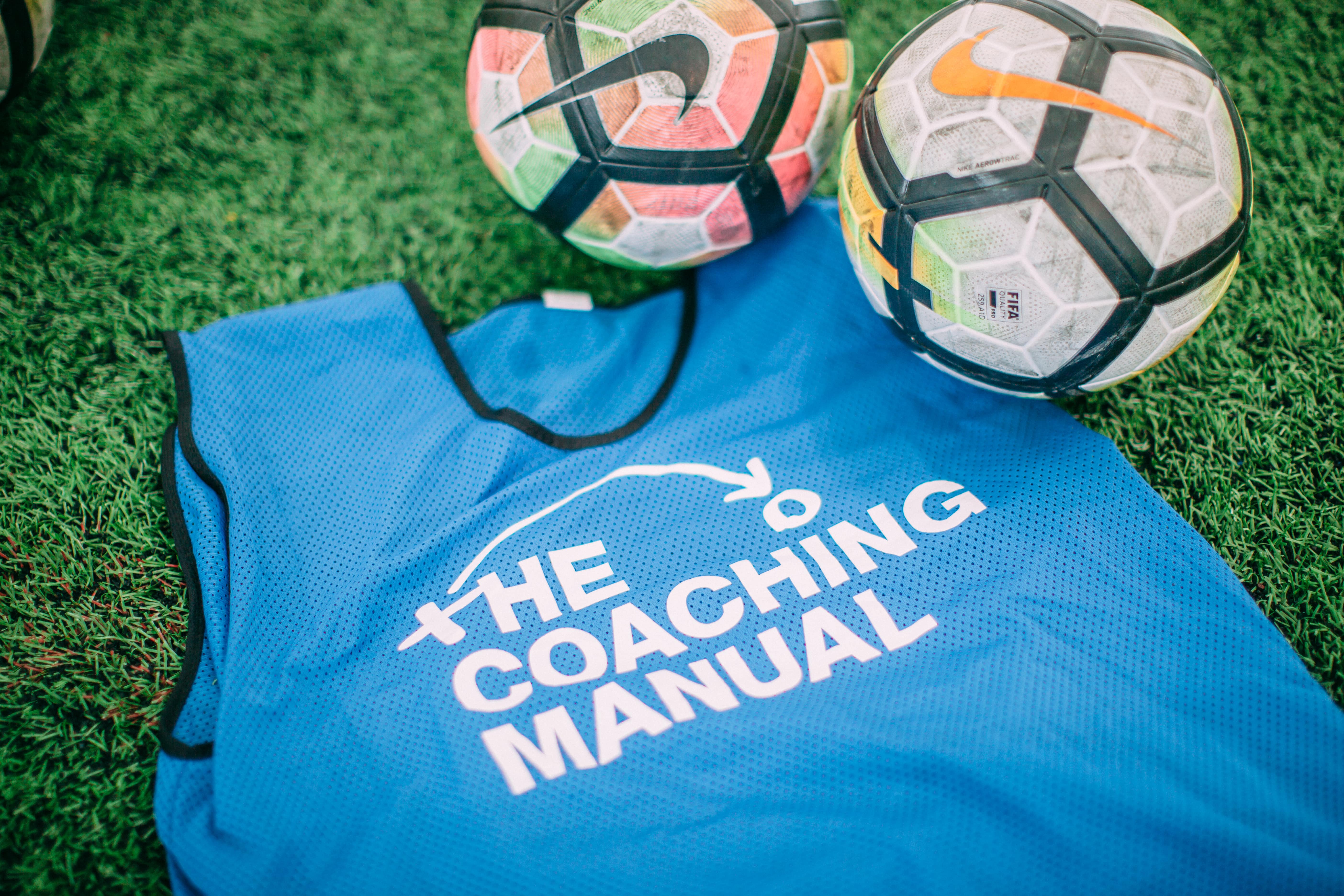Directors of Coaching (DOCs) are notoriously time-poor. Between recruiting new coaches, overseeing the club budget, and handling day-to-day admin, there’s hardly enough time to worry about the most important element of the job – developing players and improving match performance.
Fortunately, help is at hand. The Coaching Manual is a DOC’s best friend, helping you to manage your time better, distribute detailed plans to players and coaches, and work more effectively on the things that really make a difference to your club.
Read on to find out how our software can help you overcome some of the most common challenges faced by DOCs.
Challenge: High coaching staff turnover
Businesses typically aim for a staff turnover rate of no higher than 10% – in other words, one person in ten would leave over the course of a year. However, the unique pressures and challenges of the sporting environment mean that soccer clubs and organisations often see much higher rates of coaching staff turnover.
As a DOC, recruitment should always be on your mind. It’s in your interest to work with the best coaching talent, and to maintain a shortlist of coaches you’d like to bring to the club. But if your turnover rate is unsustainably high, you’ll be too busy scrambling to replace outgoing staff to plan for the future.
How The Coaching Manual can help
Organisations with a strong learning culture enjoy 30-50% higher retention rates, according to the recruitment company Robert Half. In other words, if you help your coaching staff to develop in their roles, there’s a much better chance that they’ll stay.
With The Coaching Manual, your coaches can access exclusive content from elite coaches, including former Manchester United boss David Moyes. In effect, we let them peek inside the walls of a professional soccer academy setup, giving them the insights and best practices they need to develop in their roles.
Challenge: Outdated or ineffective playing style
Changing a club’s playing style can be a huge undertaking, particularly if the current approach has been ingrained for several seasons. It’s possible that the players and coaches at your club will only ever have worked with a certain system and set of tactics, which may be hampering their development.
This isn’t an issue that’s unique to grassroots level; as followers of the English game will tell you, it wasn’t long ago that every top-flight team lined up in a 4-4-2 formation. While effective in the hurly-burly of the Premier League, this system was fundamentally unsuited to the far more technical approaches adopted by top European teams. Having dominated European competition in the 1970s and early 1980s, English clubs failed to adapt and quickly found themselves overtaken by their continental rivals.
How The Coaching Manual can help
Introducing a new playing system becomes a lot simpler when you have the right tools for the job. In particular, your coaches need to be able to plan high-quality training sessions and drills to help players understand the intricacies of the new approach.
With The Coaching Manual, our Session Planning software allows your coaching team to build and save as many training drills as they need. Despite being built on cutting-edge technology, it’s as simple to use as a pen and paper – but much easier to share and present to your players!
Challenge: Players aren’t progressing as expected
You set player development goals at the start of each season. Perhaps you want them to be more comfortable in possession, better at closing down space, or quicker to shift the ball from defence to attack. But what do you do if your objectives aren’t being achieved?
How The Coaching Manual can help
However naturally gifted your players are, they need support to keep improving from week to week. Setbacks are a fact of life in the youth game – a handful of poor performances can severely dent a player’s confidence and have a major detrimental impact on their development.
That’s why it’s important to take a long-term view. With our Season Planning tool, you can quickly build a season-long curriculum of training drills designed to introduce incremental improvements from one session to the next. Just answer a handful of simple questions and our algorithm will create a full season plan that’s tailored to the relevant age group.
Challenge: Spending too long on basic admin
Administrative tasks may be simple, but they’re often time-consuming too. As a DOC, every minute you spend on sending emails is time that you’re not spending on mapping out the club’s future direction, helping your coaches progress, or developing your playing philosophy. In other words, admin can stop you adding genuine value.
How The Coaching Manual can help
It may be a headache, but admin is important. You can’t simply ignore it – and you probably don’t have the budget to employ someone to do it all for you.
Fortunately, there’s another way. Our Team Management tools take all the hassle out of cascading new ideas and techniques to your coaching team.
No more sharing paper versions of training plans and hoping that your coaches will understand them. Instead, you can create briefings using a combination of video and digital tools, guaranteeing that your message is delivered clearly and consistently. Content can be shared with your coaches and players at the click of a button, so they’ll be able to access it any time they need a recap.



